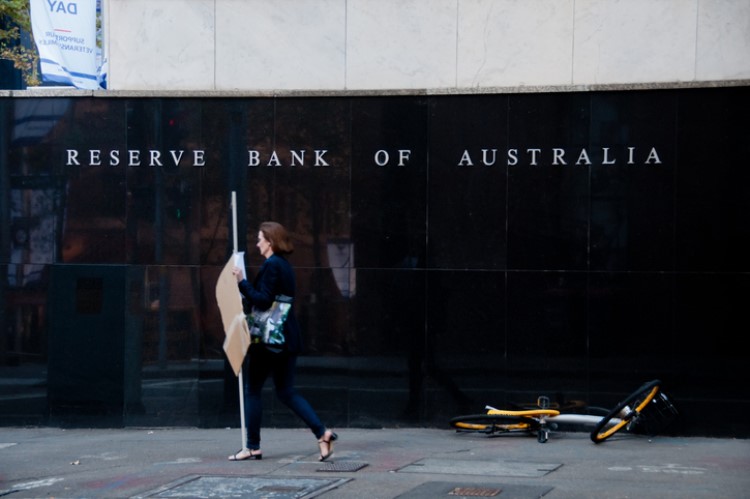
The Reserve Bank of Australia (RBA) has hiked the cash rate 25bps to 2.60%.
Here are some of the highlights from RBA Governor Philip Lowe’s latest monetary policy decision statement:
On inflation:
- This recent hike will help achieve the goal of bringing inflation back to the 2% to 3% range.
- Inflation in Australia is too high — while global factors drive this trend, strong domestic demand relative to the ability of the economy to meet that demand is also playing a role.
- Further increase in inflation is expected over the months ahead.
- Central forecast is for inflation to be around 7.75% in over 2022, above 4% in 2023, and over 3% in 2024.
On labour market
- Unemployment at its lowest in 50 years, down to 3.5% in August.
- Job vacancies and ads are at “very high” levels.
- Wage growth continues to pick up from the low rates of recent years but remains lower than in other advanced economies.
On sources of uncertainties
- Deterioration of global economy remains a key uncertainty.
- The impact of tighter financial conditions in household spending — higher inflation and the increase in interest rates put pressure on budgets.
- Full effects of higher interest rates yet to be felt in mortgage payments.
- Consumer confidence, house prices have fallen.
What’s next for cash rate
- This recent increase will help achieve a more sustainable balance of demand and supply in the Australian economy — necessary to bring inflation back down.
- Further rate hikes are expected over the period ahead.
- RBA will monitor global economy, household spending, wage, and price-setting behaviour.
PropTrack senior economist Eleanor Creagh said one of the biggest impacts of the six rate hikes since May was the slowdown in home prices.
“The fastest rise to the cash rate since 1994 has seen home prices falling across the country, with prices nationally now sitting 3.35% below their March peak,” she said.
PropTrack figures show a decline in home prices across capital cities and regional areas by the end of September — the overall decline over the month was the slowest since prices began falling in April.
Ms Creagh said this recent hike by the RBA will further increase borrowing costs and reduce the maximum borrowing capacities, which would likely further weaken home price gains.
“In the period ahead, the level of interest rates will be a key determinant of housing market conditions and the pace and depth of home price falls,” she said.
Outside the housing market, the economy seemed to have already entered the tightening cycle with strong momentum. Despite consumer confidence falling, the labour market maintains its robustness, with the unemployment sitting at a 48-year low.
Interestingly, spending is yet to slow while business conditions remained strong.
“The RBA has continued its fast pace of rate hikes in order to ensure inflation expectations remain anchored around its 2% to 3% target,” Ms Creagh said.
“The board has indicated it may soon slow the pace of its tightening cycle, perhaps signaling that this may be the last outsized rate increase. However, this is not expected to be the last rate hike, merely a step down to a more measured pace.”
CreditorWatch chief economist Anneke Thompson said there are early signs of easing in the labour force.
“The unemployment rate rose to 3.5%, although the overall number of employed people also increased; job vacancies, however, declined on a seasonally adjusted basis for the first time since the onset of the pandemic,” she said.
Meanwhile, there are now 10,000 fewer jobs available in Australia compared to three months ago.
“This is a forward indicator for unemployment, and coupled with increasing labour supply through migration, we may have already witnessed our trough in the unemployment rate,” Ms Thompson said.
Ms Thompson said the RBA will be closely watching the job data in its future monetary policy decision, given how employment has been a key driver of consumers’ willingness to spend.
“If the unemployment rate does continue to ease, the RBA may choose to make more ‘wait and see’ decisions as we move through the remainder of 2022 and in to 2023,” she said.